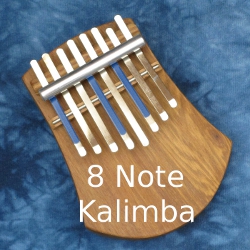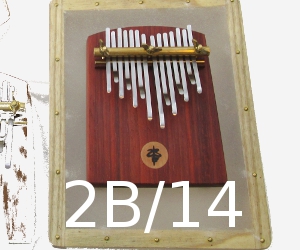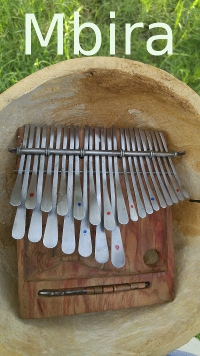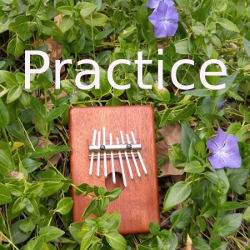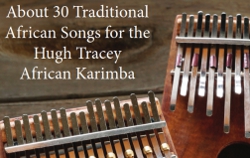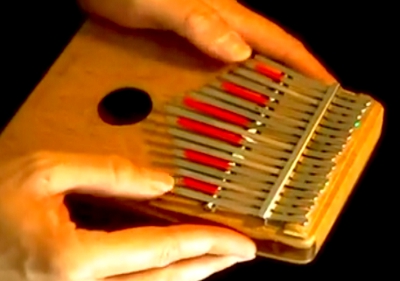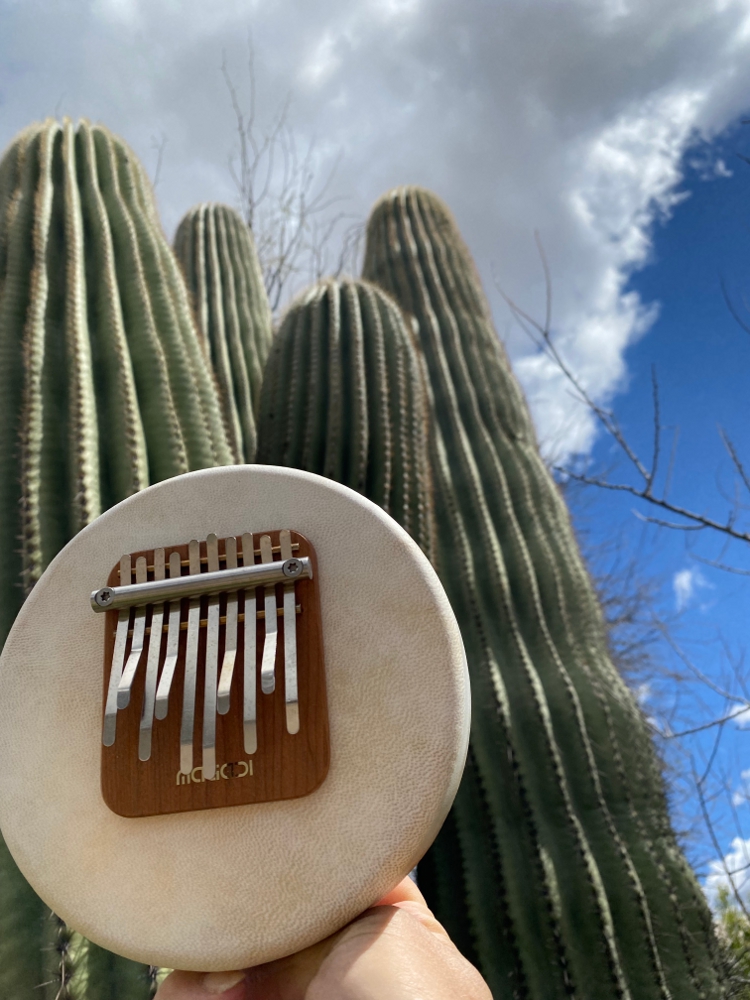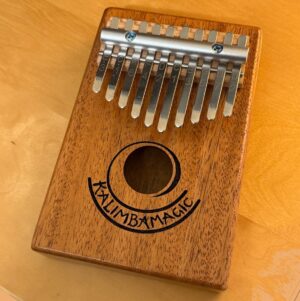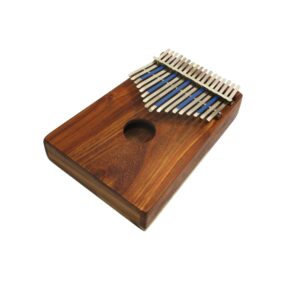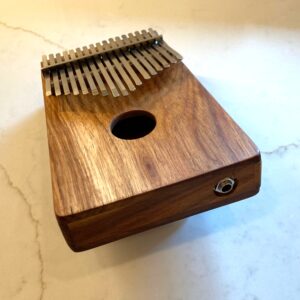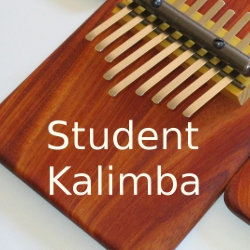
TIP: Playing the Student Karimba
This is the instrument Andrew Tracey calls “The Original Mbira” Get the Student Karimba Book If you are a beginning kalimba player who wants to play western music, the 8-Note kalimba is a great place to start. But if you want to play African music, I would recommend you get the Student karimba. The Student karimba is an 8-note or 9-note instrument that attempts to reconstruct what Andrew Tracey believes was a common instrument over 1000 years ago. He argues that this instrument gave rise to several other well known traditional instruments, such as the mbira dzavadzimu and the karimba. As such, there are lots of traditional African songs you
